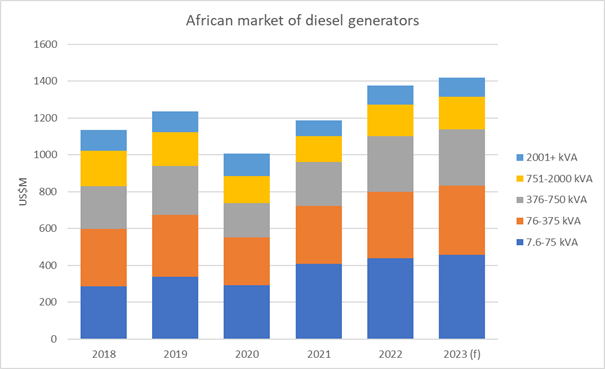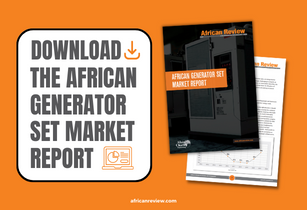While the African continent is rife with initiatives and national policies to stimulate electrification rates, an energy barrier remains in place for the majority of the population and many businesses, driving a favourable outlook for the generator set market
Since the turn of the millennium, according to data from the World Bank, sub-Saharan Africa had recorded a steady increase in electrification rates which rose from 25.6% in 2000 to a high of 47% in 2019. Before the pandemic, according to the IEA, the number of people each year gaining access to electricity almost tripled from eight million between 2000 and 2013, to 24 million between 2014 and 2019. As a result, the number of people without adequate access to power was reduced to around 571 million in 2019.
However, since the outbreak of Covid-19, this has increased for the first time since 2013 and SSA’s share of the global population without access to electricity rose to 77%. In addition, many countries are experiencing profound problems within their energy network – most making it increasingly difficult for businesses to function effectively.
While this is giving rise to a promising future for a range of solutions – especially those which incorporate renewables that draw from the abundant natural resources the continent is blessed with – for many, diesel generators, which have served as an integral part of Africa’s energy mix for decades, have provided the most familiar fix.
At one stage, the rise of renewables, low commodity prices and lower investments posed significant threats to the market, with African imports of diesel generating sets decreasing by 16% in 2017. However, even at this stage, the outlook for the next few years was promising owing to an expected uptick in major industries such as construction and mining. Several years on and one pandemic later, amid patchy grid-based power and often-erratic renewable solutions, the market is thriving.
African Review has released a report detailing the success of the continent’s generator set market, analysing its future prospects and changing direction, and highlighting the companies which are driving this growth.
Download the full, free-to-download report here.







